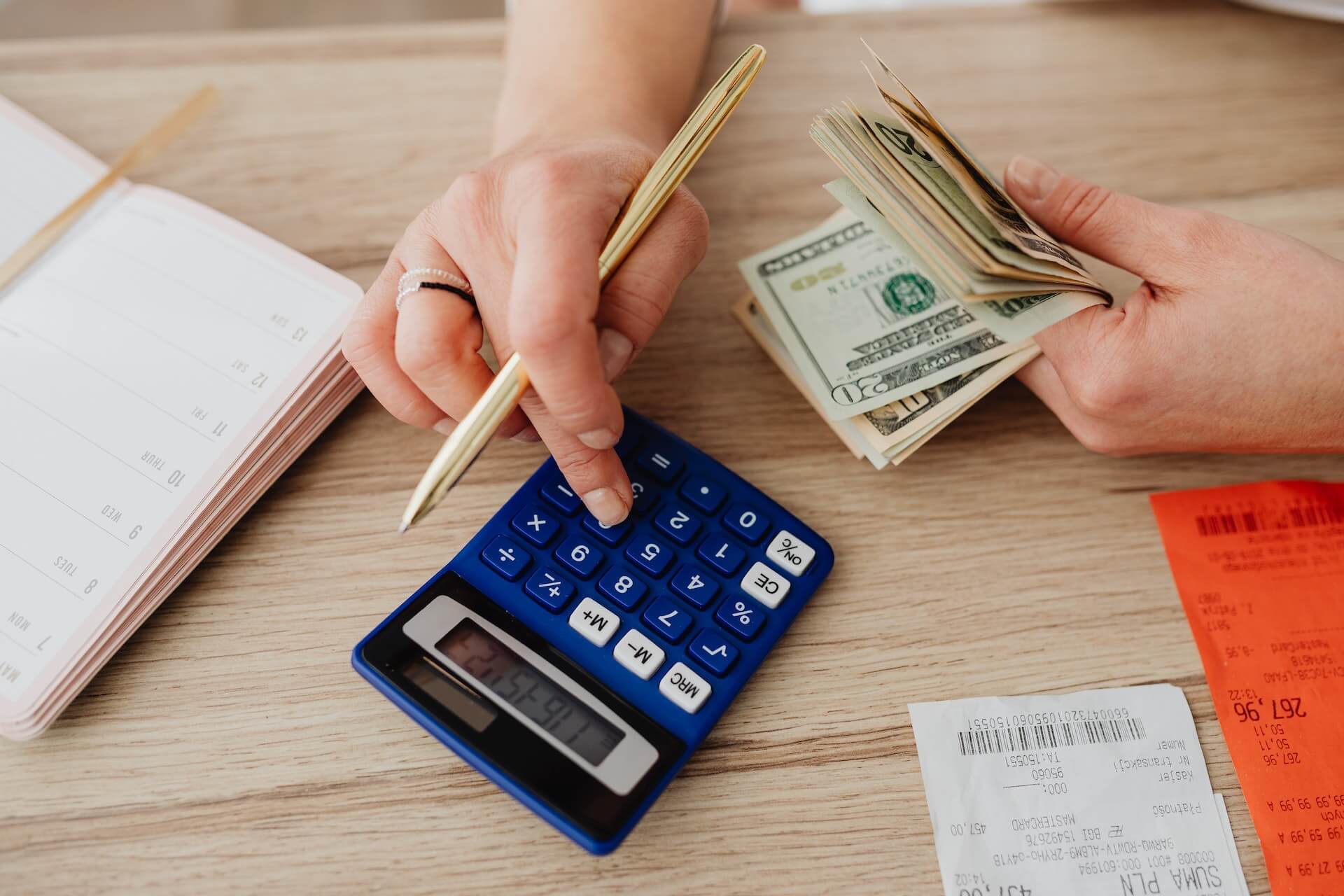Inflation is an increase in prices for goods and services over a period of time. It can impact shopping patterns in several ways:
- Consumers may delay purchasing goods if they expect prices to continue rising in the future. This is because they can get more for their money by waiting until prices stabilize or go down.
- Consumers may switch to cheaper substitutes for goods and services that have become more expensive due to inflation. For example, if the price of beef goes up, people may switch to chicken or plant-based protein sources as a cheaper alternative.
- Inflation can lead to a decrease in purchasing power, which means that consumers have less money to spend on goods and services. This can lead to a reduction in demand for certain items and a shift towards cheaper options.
- High levels of inflation can lead to economic instability and uncertainty, which can discourage consumer spending and lead to a decrease in overall demand for goods and services.
It’s important to note that the impact of inflation on shopping patterns can vary depending on the specific goods and services being purchased, as well as individual circumstances and preferences.

Comments